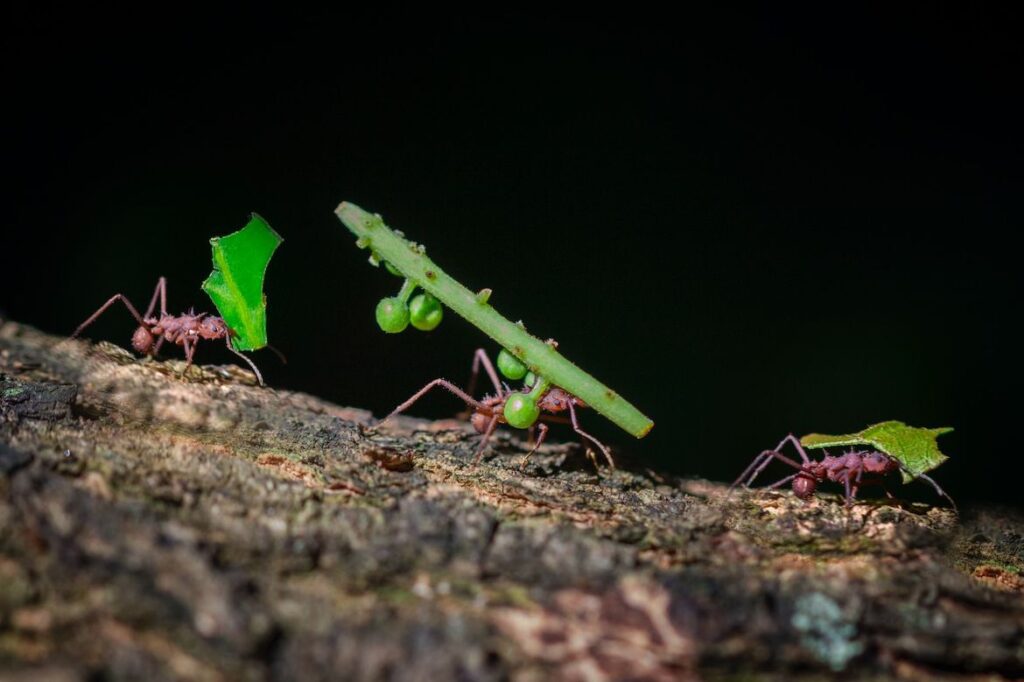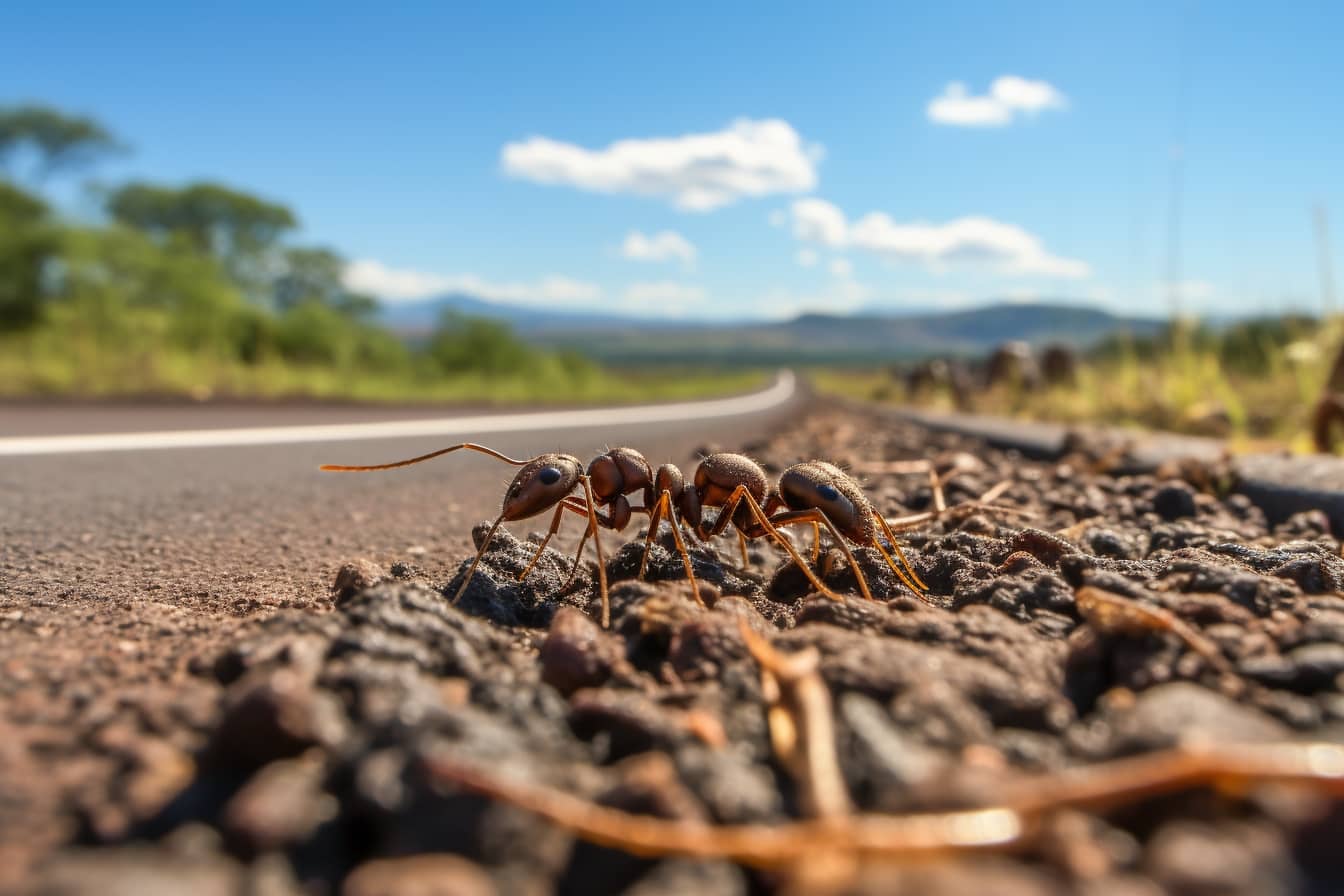Ants are among the oldest and most complex organisms on our planet. Their ability to build intricate nests has fascinated scientists for years. Recent research from UCLA explored how ants build their nests and found that these structures could offer valuable insights into breaking down traffic in human transportation networks.
As is often the case (thanks, biomimicry), once again it may be time to look under our feet and learn from the ants.
The research behind the discovery
In the study, published in Philosophical Transactions of the Royal Society (I link it here), the researchers analyzed information from two sources: details on 397 ant nests from previously published data and images, and new studies on 42 other nests, all located on the Archbold Biological Preserve near Venus, Florida. In total, the 439 nests represented 31 different ant species.
The UCLA team of biologists undertook an in-depth investigation into how ants build their nests. The key question was whether nest building was more influenced by each species' evolutionary history or by current ecological conditions. Surprisingly, they found that evolution could not explain the variations observed between the nests of different species.
Rather, it is the environments in which ants forage for food and how they transport food are major factors in determining how each species builds its nests.
The implications for urban design and “traffic plans”
The lesson for us humans to learn is clear: if roads were better adapted to the way goods and people move in our cities, transport networks would have no traffic, or much less. They could, in other words, be more efficient. This could mean, for example, that congestion on certain highways could be reduced if there were dedicated lanes or roads for vehicles traveling to and from major logistics centers such as ports, warehouses and distribution centres.

Ants and urban challenges
“Ants face the same challenges we face when living in crowded spaces,” he says Sean O'Fallon, first author of the study. The density with which we live in cities should ideally be reflected in dense connectivity, but there are limits to how close we can be to each other given the limited space available to construct buildings and roads.
Ants, in short, may hold the keys to solving some of the most complex problems in engineering and urban design. After all, nature has had billions of years to perfect its solutions.


